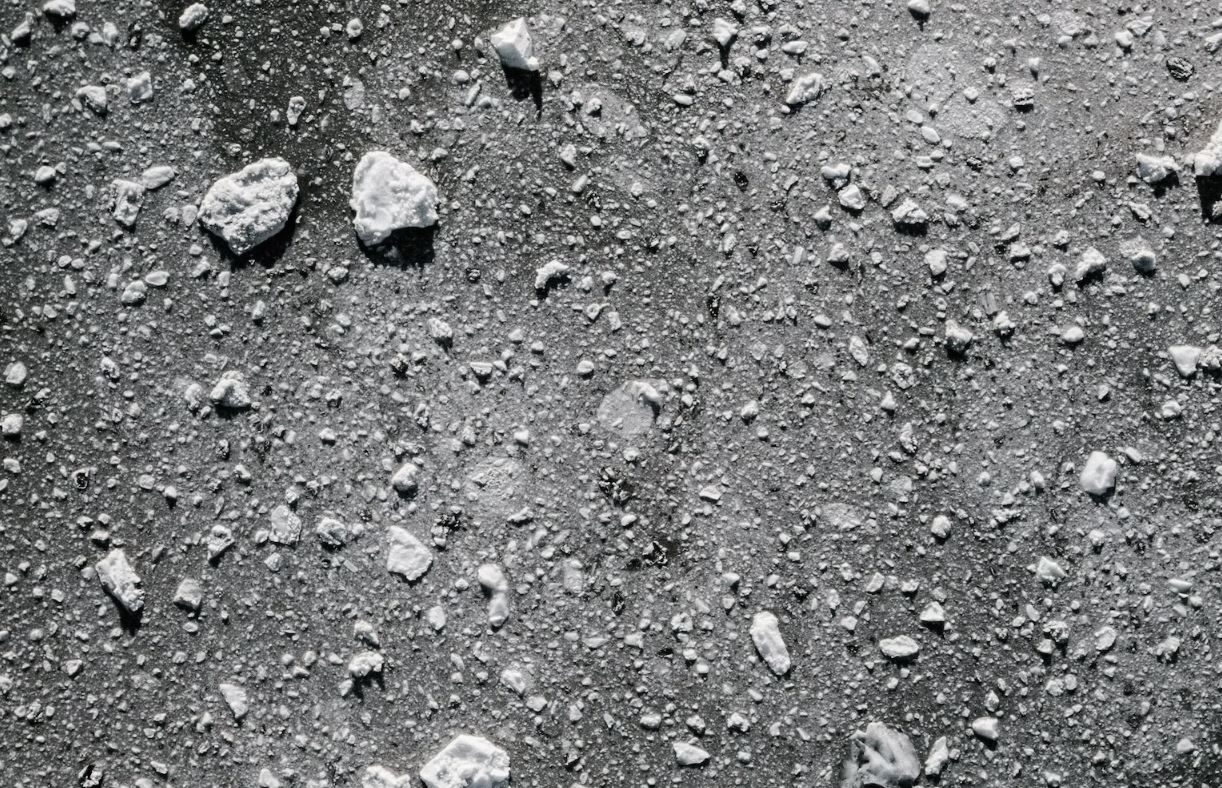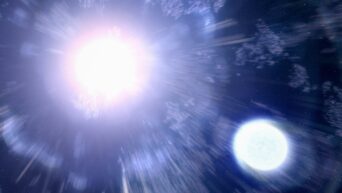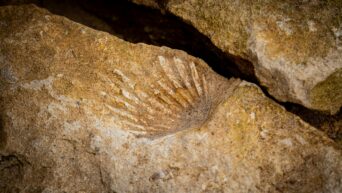
Credit: Unsplash
…Simulated moondust, anyway.
There are multiple things a human body needs to function properly. Water, sunlight, maybe a beanbag chair, and most importantly, air to breathe. You know what there’s not a lot of on the moon? Air. To breathe. As often as the idea of a moon base has been kicked around, one of the most consistent roadblocks has been a lack of oxygen. The moon is much further than the ISS, and as such, it’d be much harder to send supplies like oxygen refuels on a regular basis. So how can we get air on the moon without burning a bunch of resources? Well, have you considered breathing moondust?
The European Space Agency, or ESA, is developing a specialized plant (that’s a mechanical plant, not a houseplant) with the express purpose of transforming ordinary moondust into clean, breathable oxygen. See, moondust is actually another name for regolith; that’s the dusty, rocky stuff all over the moon’s surface. Regolith actually has oxygen deposits within it, but obviously, we can’t breath dirt. Utilizing molten salt electrolysis, the ESA’s plant superheats the regolith, which sets the oxygen free, then collects it at an anode. This has been done before to pull metals from similar sediment, but a few modifications could produce as much oxygen as there is moondust.
The plant hasn’t actually produced any dust-oxygen just yet (we don’t exactly have a surplus of moondust to practice on), but simulations of the process appear promising. The most important thing they still need to work out is storing the resulting oxygen long-term. They’re also trying to determine if certain alloys and materials can be pulled from moondust in the process, since that would give moon-explorers access to bountiful building materials.
































